Hubei Province


Introduction
Hubei Province occupies a central position along the middle reaches of the Yangtze River, making it a key region in both geography and history. With more than 58 million people, it combines fertile river valleys, scenic lakes, and forested mountains, where commerce, culture, and natural resources converge.
From historic towns such as Wuhan, Jingzhou, and Yichang to modern industrial centers, Hubei has long been a land where past and present intertwine. Its central location in China has ensured its importance as a transport, economic, and cultural hub, shaping regional identity for centuries.


Geography and Key Cities
Hubei stretches across the middle reaches of the Yangtze River, with numerous lakes including Dongting Lake and Hong Lake, and mountains such as Wudang and Shennongjia forming natural borders in the west. The province’s terrain varies from river plains in the central basin to rugged, forested mountains in the north and west. The climate is humid subtropical, with hot, humid summers and mild, damp winters influenced by monsoons.
Wuhan, the provincial capital, serves as a major transport and industrial hub, connecting north–south and east–west railways, roads, and river traffic.
Yichang, near the Three Gorges Dam, is central to hydroelectric power and river navigation, while Jingzhou preserves city walls and relics of the Han dynasty.
Other key cities include Xiangyang, known for ancient fortifications, and Enshi, noted for ethnic minority cultures and mountainous landscapes.
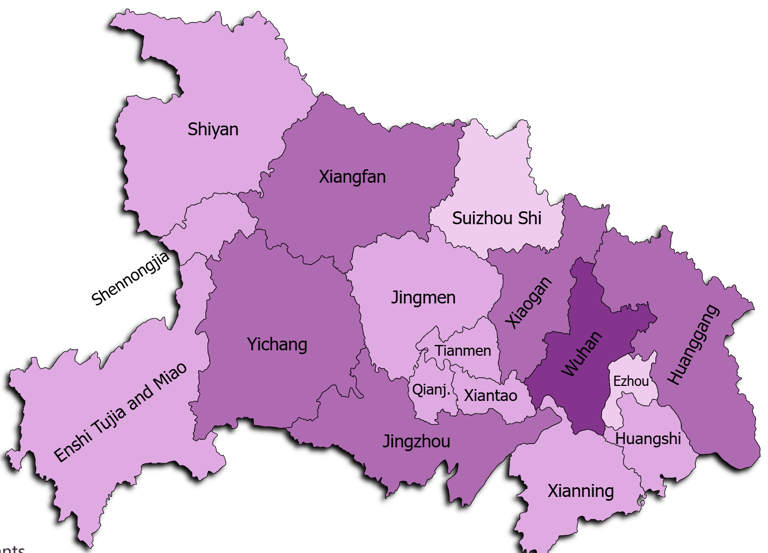



Hubei has a long and varied history. The region was significant during the Warring States period and the Han dynasty, serving as a hub for river trade and cultural exchange. The area around present-day Wuhan developed from three ancient towns into a major commercial and strategic center.
Throughout its history, Hubei experienced battles, rebellions, and floods, with the Yangtze River shaping both livelihoods and culture. In modern history, the province played a pivotal role during the 1911 Revolution, the Second Sino-Japanese War, and early Communist activities. Today, Hubei’s historical legacy continues to define its identity, balancing centuries-old traditions with modern development.
Historical Background

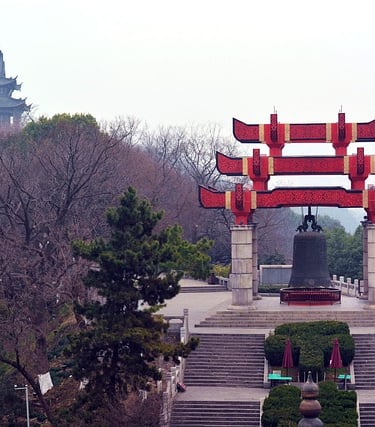

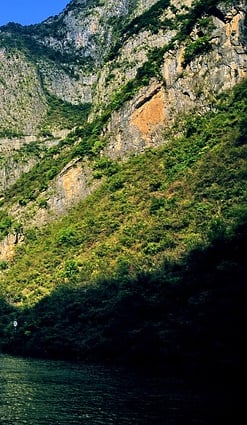
Nature and Landmarks
Hubei combines rivers, lakes, and mountains with historical and cultural landmarks. The Yangtze River and its tributaries create scenic vistas and wetlands, while the Three Gorges area and Shennongjia Forest Reserve host dense forests and rare wildlife, including golden monkeys. Wudang Mountain is both a natural and spiritual treasure, with Taoist temples perched on steep peaks.
Ancient towns such as Jingzhou display city walls, gates, and Han dynasty relics, while lakes like Hong Lake provide habitats for migratory birds and blooming lotus.
Yichang offers river vistas near the Three Gorges Dam, and smaller mountains and gorges across Hubei offer hiking and natural exploration. These landscapes show Hubei’s dual nature: sacred mountains and rivers alongside urban centers filled with centuries of history.


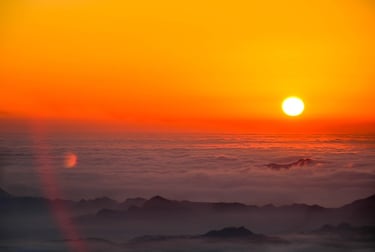

Culture and Cuisine
Hubei’s culture embodies the spirit of central China, shaped by its position along the Yangtze River and centuries of exchange between north and south. Often called the “Land of a Thousand Lakes,” the province blends mountain serenity, riverside life, and urban energy. Its heritage stretches from ancient city walls in Jingzhou and Confucian academies in Wuchang, to the Taoist temples of Wudang Mountain, one of China’s holiest peaks.
Festivals and traditions reflect this diversity: Dragon Boat races animate the rivers each summer, temple fairs fill small towns with music and incense, and shadow plays, bamboo weaving, and Han opera keep folk art alive in both villages and modern theaters. Wudang martial arts, rooted in Taoist philosophy, continue to attract practitioners from around the world, while literary and scholarly traditions date back to the Chu Kingdom, whose poetry and aesthetics still influence Chinese culture today.
Linguistically, Mandarin dominates daily life, but local dialects, especially the Wuhan dialect, with its distinct intonation and vocabulary, remain symbols of regional pride. In music and performance, Hubei is known for Han opera (Hanju), the ancestor of Beijing opera, and for its lively percussion and rhythmic singing, echoing the province’s vibrant temperament.
Hubei’s cuisine, known as E cuisine (鄂菜 È cài), mirrors its waterways and agricultural abundance. It balances the richness of freshwater fish and shellfish with the comfort of rice and hearty stews. Typical dishes showcase bold yet harmonious flavors, neither as spicy as Sichuan nor as light as Jiangsu, reflecting the province’s middle-ground geography.
Signature dishes include:
Reganmian (热干面, Hot Dry Noodles) — Wuhan’s iconic breakfast, sesame-rich and savory.
Lotus Root Soup — a nourishing local favorite made with pork ribs and herbs, symbolizing purity and resilience.
Steamed River Fish — often seasoned with ginger and scallions to highlight freshness.
Braised Pork with Chestnuts or Local Spices — slow-cooked for depth and aroma.
Dongting Lake Crab — a seasonal delicacy prized for its sweet meat.
Turtle Soup — once served for longevity and vitality, now a rare specialty.
Preserved Duck and Cured Meats — mountain-region staples for winter storage.
Compared to northern wheat-based cuisines or the fiery dishes of Sichuan, Hubei cooking focuses on balance, soft textures, layered flavors, and the natural taste of river produce. Meals here reflect centuries of life along the Yangtze: generous, adaptable, and deeply connected to both water and tradition.




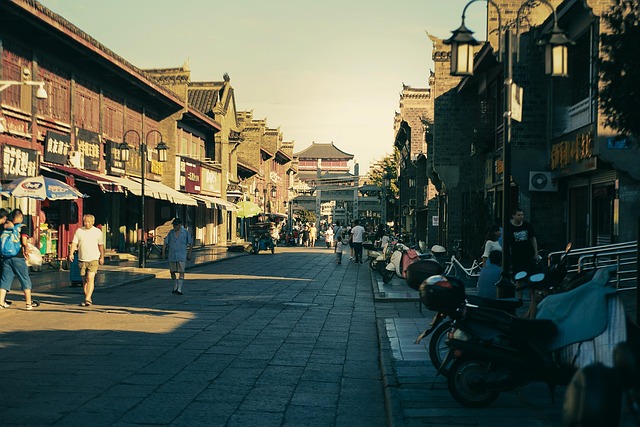


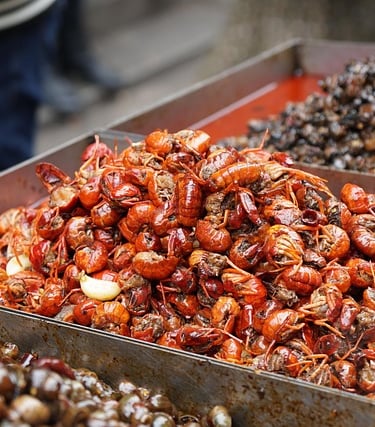
Economy and Modern Development
Hubei stands as the economic heart of central China, anchored by the dynamic metropolis of Wuhan, often called the “Chicago of the East” for its strategic location at the intersection of China’s major railway and river networks. The province’s economy has long been shaped by its geography: the Yangtze River runs through its core, transforming Hubei into a natural hub for trade, shipping, and logistics.
During the 20th century, Hubei emerged as an industrial powerhouse, with steel, automobiles, and heavy machinery dominating its production base. The Wuhan Iron and Steel Corporation (WISCO), established in the 1950s, became one of China’s largest steel producers, symbolizing the province’s industrial legacy. In recent decades, this industrial backbone has evolved toward high-tech manufacturing, biotechnology, and optoelectronics, particularly concentrated in Wuhan’s Optics Valley, one of China’s leading innovation zones.
Beyond manufacturing, Hubei has positioned itself as a center for education and research, hosting some of the country’s top universities such as Wuhan University and Huazhong University of Science and Technology. These institutions feed local innovation ecosystems and attract talent from across China.
Tourism and culture also play a vital economic role. The province draws millions of visitors each year to the Wudang Mountains, a UNESCO World Heritage Site famed for its Taoist temples and martial arts traditions, as well as to the Three Gorges region, known for its dramatic river scenery and historical significance.
Despite rapid modernization, Hubei continues to balance urban progress and cultural continuity. Traditional crafts, river festivals, and local markets thrive alongside glass towers and smart-city developments. Thanks to its central location and multimodal transport infrastructure, Hubei remains a bridge between northern and southern China, a center of innovation, and a key contributor to the nation’s economic resilience.
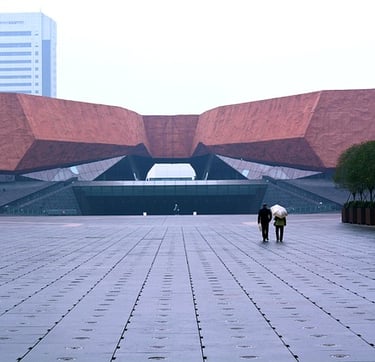

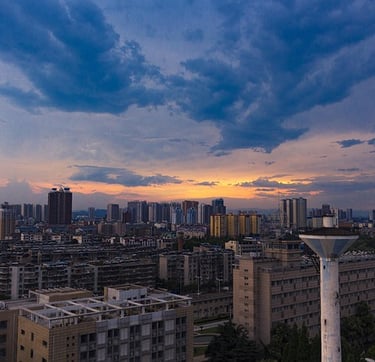


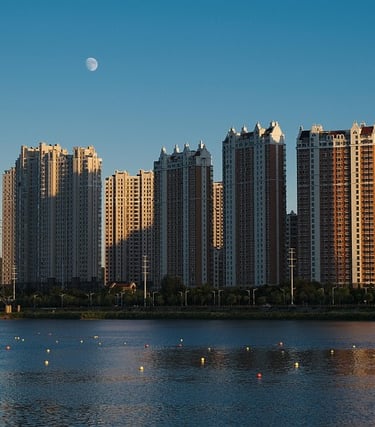
Hubei has produced a wealth of influential figures across philosophy, politics, literature, and religion. Ancient sages include Zhang Zhidong, a Qing dynasty reformer, and local Taoist masters from Wudang Mountain, reflecting centuries of intellectual and spiritual heritage. The province also gave rise to generals, scholars, and poets, particularly during the Ming and Qing dynasties, when Wuhan and surrounding towns became centers of culture and learning.
Hubei is equally renowned for martial arts traditions at Wudang Mountain, whose monks became legendary for both spiritual practice and combat skills, making the province a cultural and religious beacon. In modern times, Hubei has contributed reformers, writers, scientists, and athletes who continue to embody its historical and cultural legacy.
People and Notable Figures
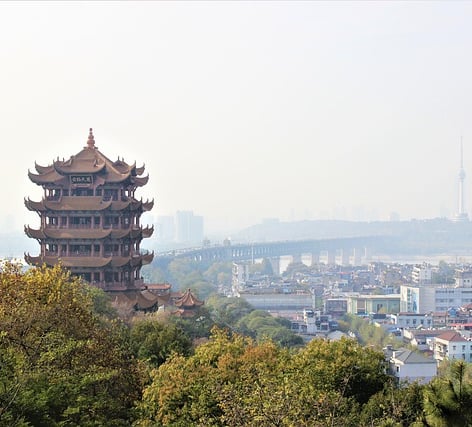

Current Trends and Daily Life
Daily life in Hubei reflects a balance between urban modernity and rural tradition. In Wuhan, the province’s bustling capital, residents navigate daily routines through subway lines, riverside parks, and lively night markets along the Yangtze. Cafés, tech offices, and universities shape a cosmopolitan rhythm, while traditional street food stalls preserve the city’s local flavor.
Outside Wuhan, rural towns and lakefront villages still center around rice farming, freshwater fishing, and bamboo crafts, maintaining a slower pace of life tied to the land and river. Seasonal festivals, such as dragon boat races on the Yangtze and Han rivers or temple fairs in Jingzhou and Xiangyang, continue to unite communities through ancestral rituals, music, and regional cuisine.
Many Hubei natives work in coastal cities or overseas, supporting families through remittances, while younger generations increasingly seek careers in education, logistics, and digital industries. Compared with the affluent eastern coast, Hubei feels more grounded and traditional, yet its central location and transport networks keep it deeply connected to China’s broader economic pulse.

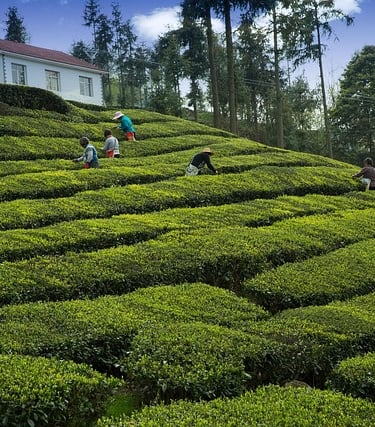
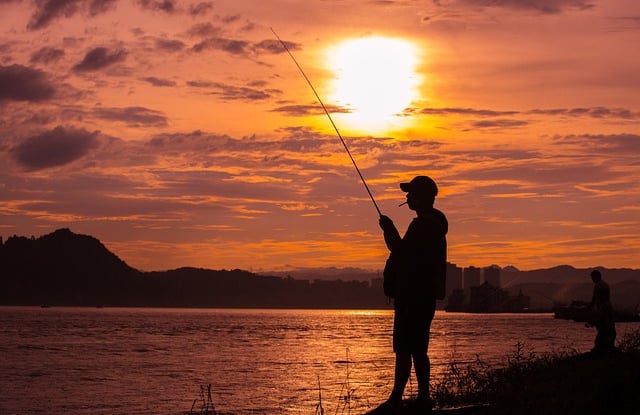

Practical Travel and Tips
Best time to visit: Spring and autumn offer mild weather and scenic blooms, summer is hot and humid, and winter is mild but damp in river valleys
Getting there: Wuhan is a major transport hub with high-speed rail, river ports, and an international airport, making the province accessible from most major Chinese cities
Highlights: Wudang Mountain, Three Gorges area, Shennongjia Forest Reserve, Jingzhou ancient town, Hong Lake, Yichang river vistas
Local etiquette: Expect practical and direct manners, respect temple rituals and local customs
Insider tip: Try reganmian for breakfast in Wuhan, explore lakeside villages for local crafts, and visit Wudang Mountain for martial arts performances set against dramatic peaks.


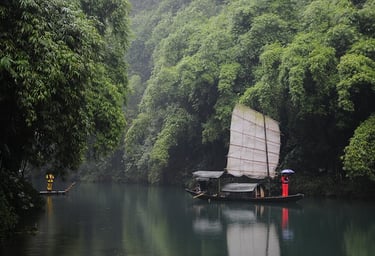

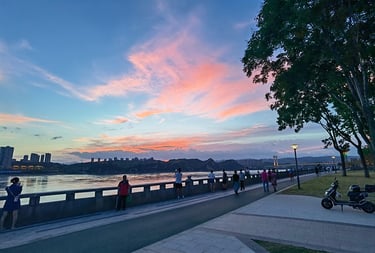



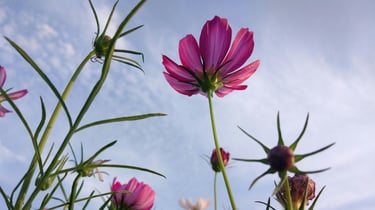





Climate
Plant and animal life
Agriculture
Manufacture
Hubei has a humid subtropical climate, with hot, humid summers and mild winters. Summer heat is intense, especially in Wuhan and other lowland areas, with temperatures frequently exceeding 35°C and heavy monsoon rainfall.
Winters are relatively short but damp, particularly along the Yangtze River.
Spring and autumn bring mild, comfortable weather, ideal for outdoor activities and exploring the province.
Compared with other provinces in China, Hubei’s climate is wetter, more humid, and hotter in summer, reflecting its central river basins and subtropical location.
Hubei’s diverse geography, from the Yangtze and Han River basins to forested mountains like Wudang and Shennongjia, supports rich ecosystems.
Wetlands and lakes, including Hong Lake and parts of Dongting, are home to lotus, reeds, and migratory birds such as storks and herons.
Forested areas shelter pine, cypress, and medicinal plants, while wildlife includes golden monkeys, black bears, wild boars, and various freshwater fish.
The province’s flora and fauna are strongly tied to subtropical forests, river wetlands, and lakes, offering a richer biodiversity than provinces with drier or more temperate climates.
Hubei is often called the “Land of Fish and Rice” due to its abundant water resources.
Rice paddies dominate the Yangtze basin, while wheat, rapeseed, cotton, and tea are cultivated in upland areas.
Aquaculture plays a major role, with carp, crabs, and other freshwater fish farmed extensively. Citrus fruits, lotus roots, mushrooms, and other specialty crops add to the agricultural variety.
Compared with other provinces, Hubei’s farming emphasizes water-intensive crops and aquaculture, reflecting the province’s river networks, fertile soils, and humid subtropical climate.
Hubei combines heavy industry, high-tech sectors, and river transport hubs.
Wuhan is a center for steel, automobiles, optics, electronics, and research-driven industries, while cities along the Yangtze focus on shipbuilding, chemicals, and textiles.
Tourism is also significant, with Wudang Mountain, Three Gorges, and other cultural sites attracting domestic and international visitors.
Compared with provinces focused mainly on agriculture or resource extraction, Hubei’s economy is diversified, balancing traditional manufacturing with science, technology, and central transport and logistics.
Navigation
Main Menu
nathan.china-sphere.com
© 2025. All rights reserved.